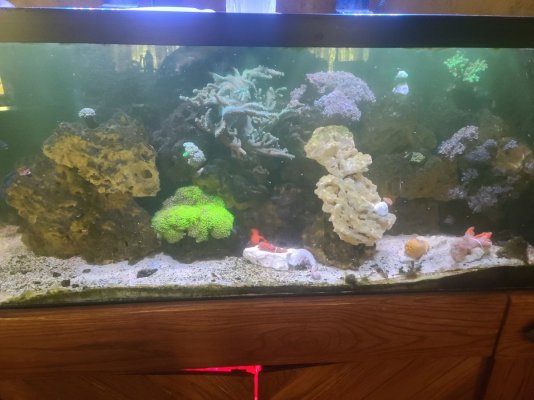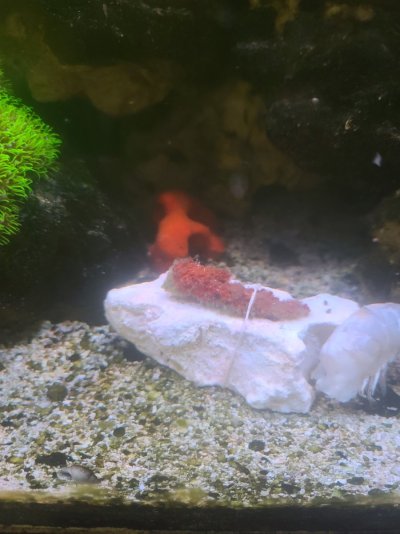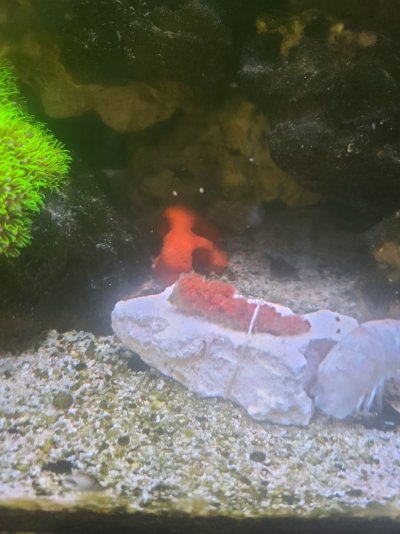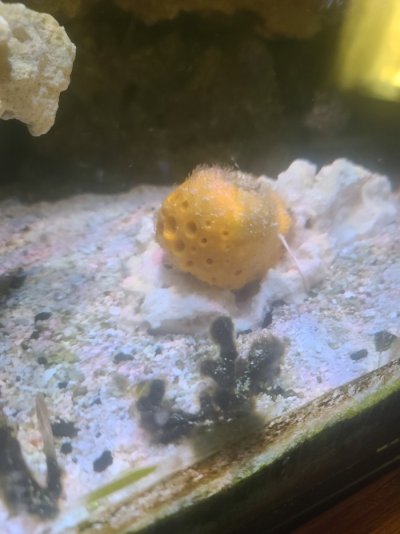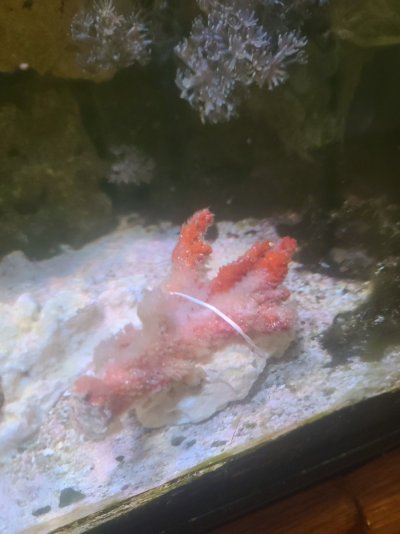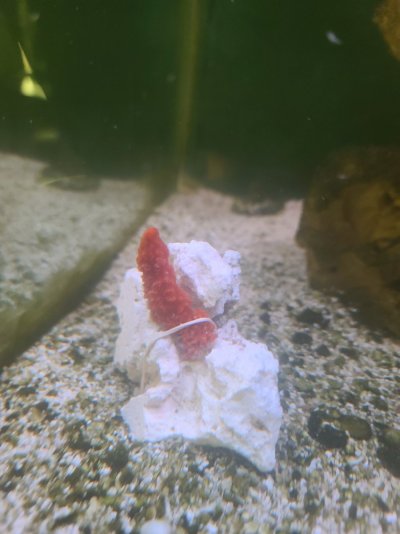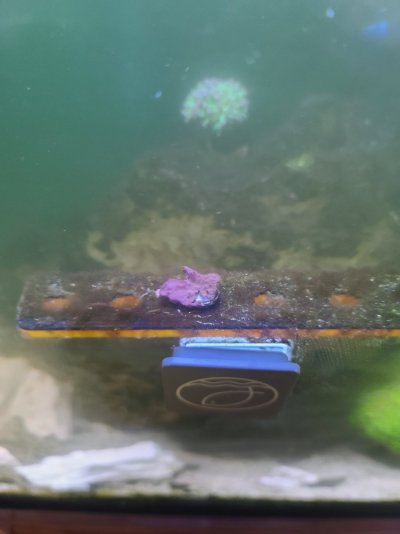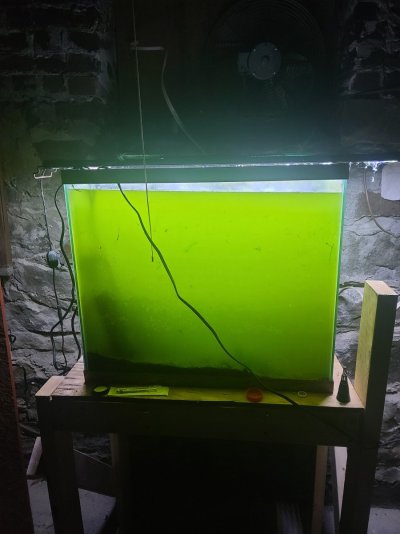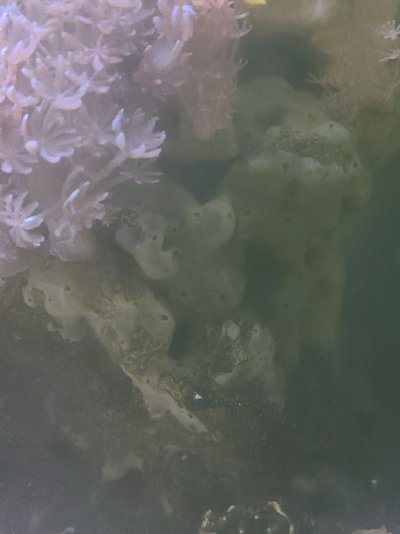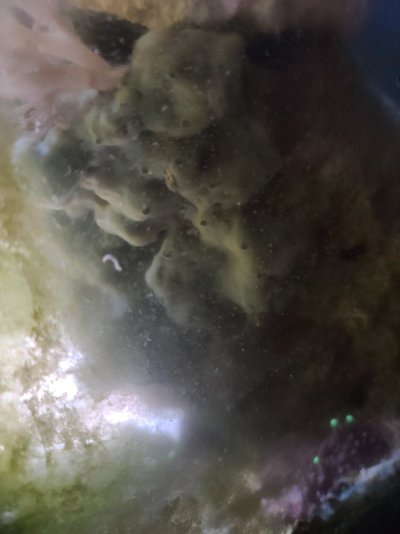Figured I should start a build thread to track my successes and failures with this build. My goal is to create a mixed reef containing corals, macroalgae, and sponges. My goal is to have the tank dominated by sponges. Tank volume is 75 gallons not including sump. Lighting is from two Radion Xr15's. Flow is from one Vortech MP40 as well as some no name powerhead. Fish are lyretail wrasse, hippo tang, bristletooth tang, and 4 neon gobies. Large amount of bristle worms in the rockwork. Large amount of copepods. Will be creating a refugium for my macroalgae. Waiting on caulerpa mexicana to arrive in the mail. Currently dosing about a gallon of phyto a day to feed the sponges and corals. Fish are heavily fed new life spectrum multiple times a day.
